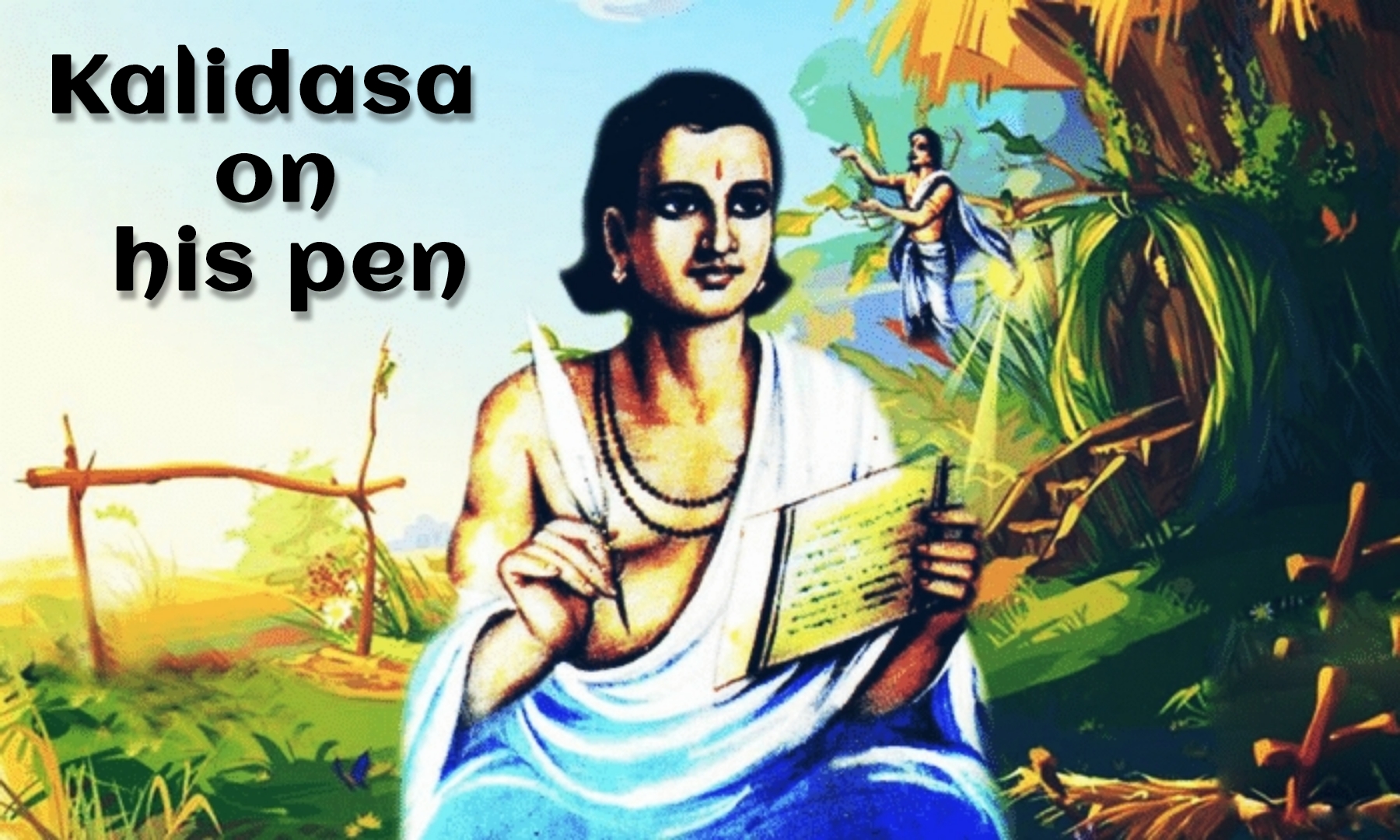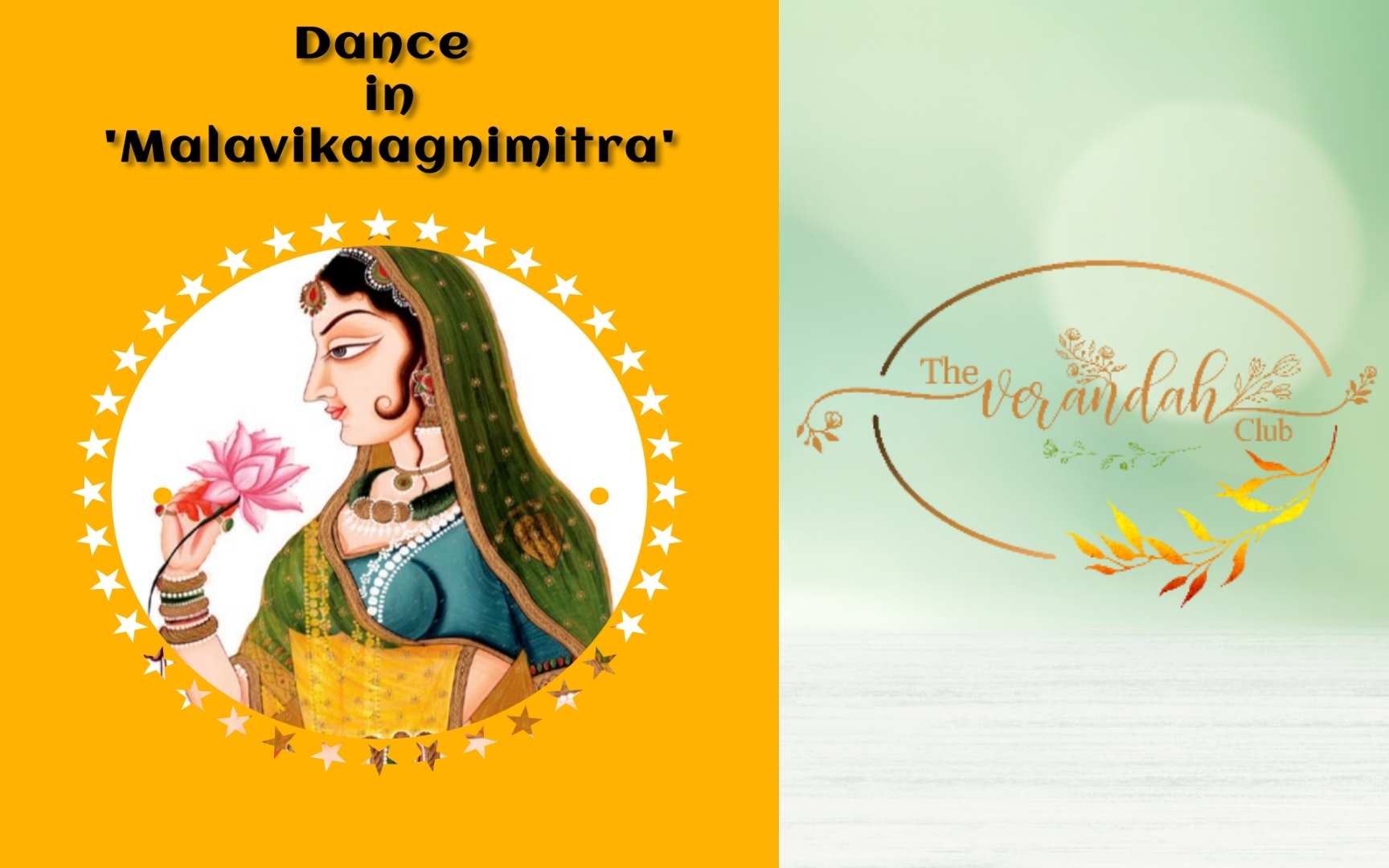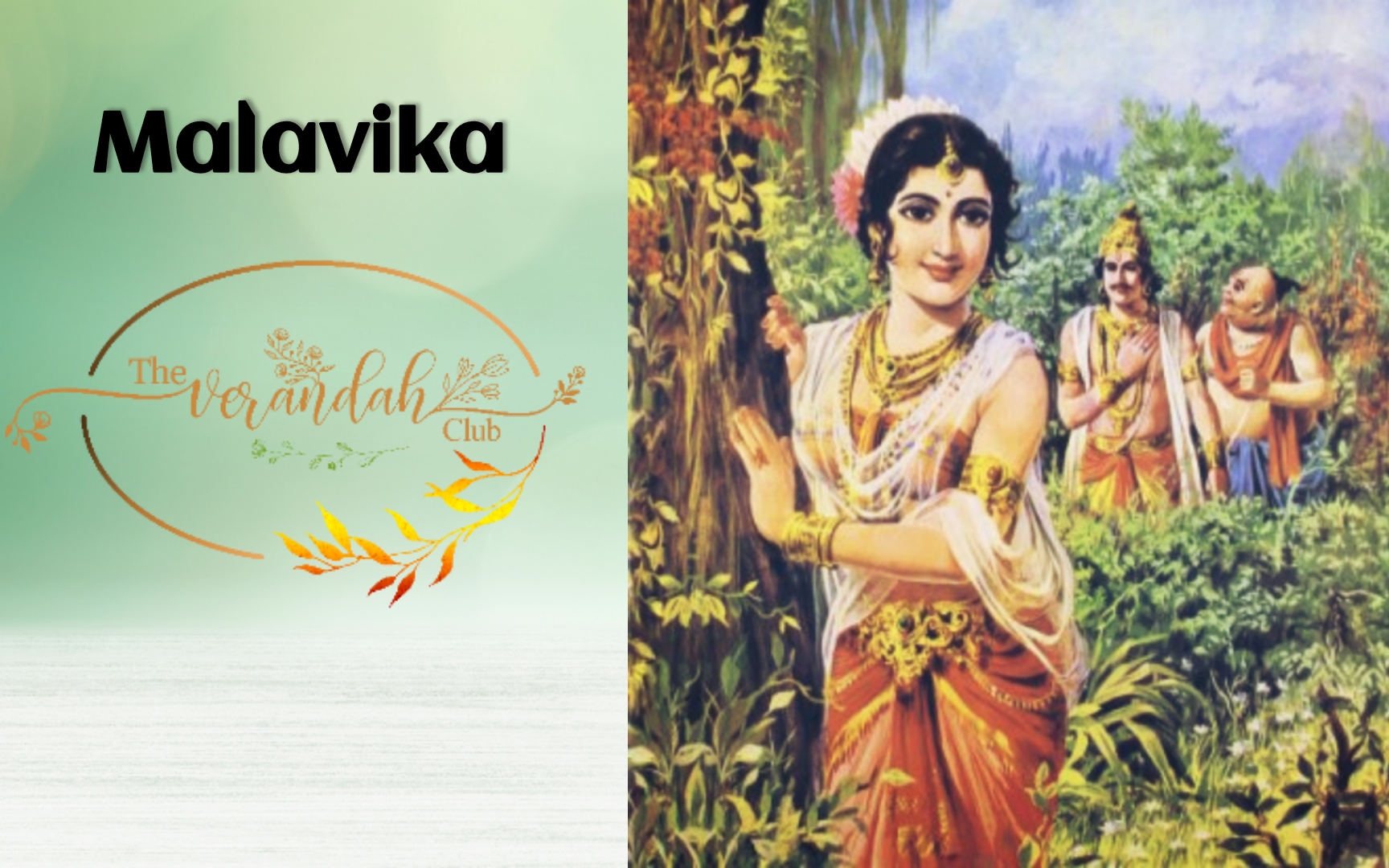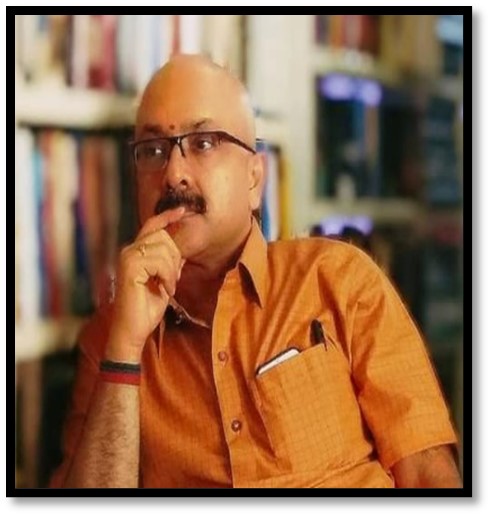
Kalidasa is amongst the greatest poets and dramatists of the world. His works are often compared with the immortal epics of Valmiki and Vyasa. Kalidasa used his aesthetic sense to depict nature and deep human emotions. His imaginative use of language is unparalleled. He is noted for the refined expression of both the sacred and mundane ideals of Indian culture.
The dramatic poet did not date his works and one is left to glean from internal and external evidence to find some details about his life and times. However, none of the attempts yielded results. We can assuredly say that Kalidasa must have undergone rigorous schooling and was thus adequately acquainted to all forms of knowledge like the Vedas, the Upanishads and the Smritis. His narratives regarding administration by kings like Agnimitra indicate his acquaintance with ‘Arthashastra.’ Kalidasa's work, ‘Meghaduta' will make one agree that the great Sanskrit poet knew the geography of India which was then known as Bharatavarsha.
Kalidasa was adept in various fine arts such as music, dancing and painting. The great poet shows a great insight into the art of dance which, in Indian mythology, is a form of worship of the Gods, apart from being pleasing ritual to the eyes.

Our country is endowed with 64 arts. Sangeeta and Natya occupy a pole position in our culture. It is because of their ability to penetrate into the very depths of our being. Refined expression of the aesthetic sense of man constitutes art. Dance is the medium through which man has given expression to his sentiments. Kalidasa had excelled in this regard through his work, ‘Malavikaagnimitra.’
Thought, action and speech of man are regulated by the nine fold sentiments known as Nava Rasas, which in turn have for their basis, the proportionate presence of Satva, Rajo, and Tamo Gunas. Kalidasa considered dance to be a practical art. Natya had evolved scientifically and systematically by then. It was considered to be a family heritage and therefore held in high reverence. There were people who devoted their entire time to the practice and exposition of this art. It obviously required intensive training and perseverance on the part of the disciple and a teacher to perfect it.
Kalidasa’s text tells us that Malavika was highly skilled and was blessed with the ability to grasp the intricacies quickly. She perfected every gesture and movement by improving upon. Thereby, she ended up by excelling her teacher. Kalidasa has made a few comments about a good teacher. He says that the teacher should not only be proficient but also possess the ability to impart his knowledge to his disciples. The teacher should exercise utmost care in the selection of a disciple. Malavika was an excellent pupil and she was best suited to receive instructions in the fine art. In fact, Agnimitra remarks that her body was framed explicitly for the purpose of dance when he saw her for the first time.

Malavika’s body was imbued with grace. Even her simple gestures were full of grace. She was asked to stay after her performance and her body language at that moment had evinced a remark from the king.
A particular pace was used for songs portraying the sentiment of love. Malavika had excelled herself in the portrayal of this dance. Each and every gesture or movement of any limb in her body was eloquent and self-explanatory. Her expressive limbs made people wonder if she had words concealed in them. The dancer was totally absorbed in the portrayal of these sentiments. Otherwise, this would have affected the portrayal of the Rasa connected with love.
The pretty and talented Malavika had the ability to express the sentiments through her gestures. She could beautifully depict love in its various colours such as despair, joy mixed with surprise, anxiety and despondency successively. Her performance was flawless and it received enormous appreciations. Kalidasa, it appears was quite conversant with 'Natya Shastra.' One can gain a deep insight into the multi-faceted mind of the poet genius while going through Malavikaagnimitra. He was able to skilfully blend his knowledge of ‘Natya Shastra’ within his lovely drama, ‘Malavikaagnimitra.’
Kalidasa’s work show that he was a deeply read person. It is obvious that he thoroughly knew the Sankhya system. He often refers to Purusha, Prakriti, the three gunas, and uses the Sankhya system accurately and intelligently. He seems to have had an admiration for the tenets of Yoga. Kalidasa believed in the efficacy of Bhakti and seems to have had great admiration for the ‘Bhagavad Gita.’ It is from this text that the poet had nurtured his philosophy. All of this will make us understand that Kalidasa was endowed with a deep insight into the human mind. He was amongst the great poets who could portray even the slightest emotional ripple. Kalidasa’s greatness was in making these emotions exquisite in words. This is very evident in his work, ‘Malavikaagnimitra.’
Kalidasa was honoured as Kavi-kula-guru not just in India but else where too.

Mr. Rajesh Govindarajulu is one of the founding members of the Verandah Club Pvt. Ltd. He is a leading columnist, historian, jeweler, entrepreneur, and a heritage enthusiast who is earnestly working to revive the past in the light of the present. Experiential learning about the history of Coimbatore is his main course of interest and he is also a panel member of many colleges in the city.
NEXT ARTICLE